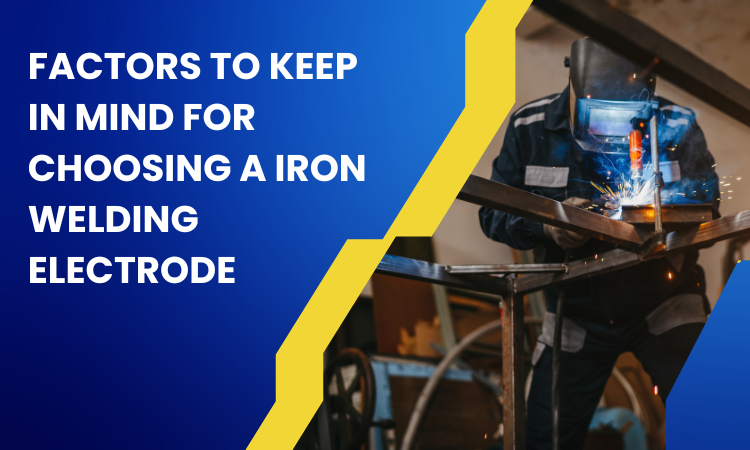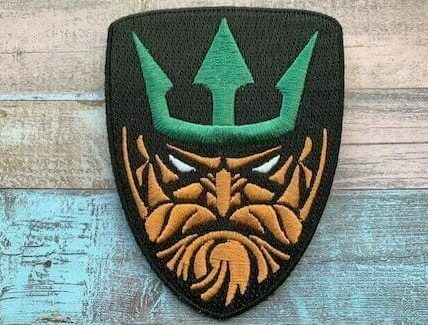Welding is a critical step in many manufacturing processes, and selecting the right welding electrode can be the difference between a successful weld and a faulty join. Choosing the right cast iron welding electrode is a complex decision that involves a number of factors, including the type of base metals being welded, the desired strength and penetration of the weld, and the availability of the electrode in the desired size and quantity.
Choosing the right iron welding electrode is essential for executing any welding job accurately and safely. It is important to consider several factors when selecting the best welding electrode for a particular welding application.
In this article, we will explore all the factors to consider when selecting the best welding electrode for your needs.
Material You Will Weld
The first factor to consider when selecting a welding electrode is the weld material. The electrode must be able to provide a strong bond between the two pieces of metal you are welding together. The weld material should be compatible with the material you are welding. For example, steel electrodes are best used for welding steel structures.
Know what the metal looks like. If the material of the metal is coarse or grainy on the inside. Some other factors like if the base metal is magnetic or non-magnetic, the sparks metal is giving out when touched by a grinder, etc. These are the factors you should keep in touch.
Type Of Weld You Will Use
The second factor to consider when choosing an iron welding electrode is the type of weld you will be using. There are three different types of welds: fusion, tungsten inert gas (TIG), and shielded metal arc welding (SMAW). Each type of weld has its own unique characteristics that influence the type of electrode needed for the job.
The most common type of weld is the arc weld, which is also known as stick welding. In this method, an electric arc is created between a consumable electrode and the base material. The heat generated by the arc melts the base material and the electrode, allowing them to bond together. This type of weld is typically used for metals such as steel and aluminum, but can also be used for other materials such as plastic.
Thickness Of The Metal
Thirdly, the thickness of the material being welded is a factor when selecting an iron welding electrode. Thick materials require more welding current and require an electrode with a thicker tip. Thinner materials require less welding current and require a thinner tip.
When it comes to metalworking and fabrication, understanding the thickness of the metal you are working with is key. The thickness of the metal can have a direct impact on the outcome of the final product, so it is important for any fabricator to understand the different thicknesses and how they affect the finished product.
The thickness of metal is measured in units of gauge. This is a unit of measurement that is used to determine the thickness of a piece of metal. The lower the gauge number, the thicker the metal. The most common gauges for steel are between 0 and 32, with 0 being the thickest and 32 being the thinnest.
Consider Your Welding Surroundings
Fourthly, the environment in which you will be welding is a consideration when selecting an iron welding electrode. If you are working in a damp area, choose an electrode with a non-corrosive coating. This will help protect your electrode from rust and corrosion. On the other hand, if you are working in a dry environment, a moisture-resistant coating is essential.
Before beginning any welding project, it is important to inspect the area you will be working in. Look for any potential hazards such as combustible materials, water, and other obstacles that could potentially cause a fire or an explosion. Be sure to move any objects that are in the way so that you have plenty of space to work.
It is also important to wear the appropriate safety equipment when welding. Make sure to wear a clear view welding helmet, protective clothing, and gloves. Additionally, be sure to wear a respirator if you are working in a confined space. This will help protect you from any fumes or other airborne particles.
Conclusion
In conclusion, when it comes to choosing an iron welding electrode, there are several factors that need to be taken into consideration. These factors include the weld strength and quality, the cost of the electrode, as well as the arc stability. By taking into account all of these factors, the welder can ensure they are making the best choice for their welding needs. With the right electrode, a strong and reliable weld can be achieved.
By considering these factors when choosing an iron welding electrode, you can be sure to select the best cast iron welding electrode for the job. Ensure that the electrode is compatible with the material you are welding and has the required current rating for the job. This is the only way to ensure that your welding job is successful and safe.





